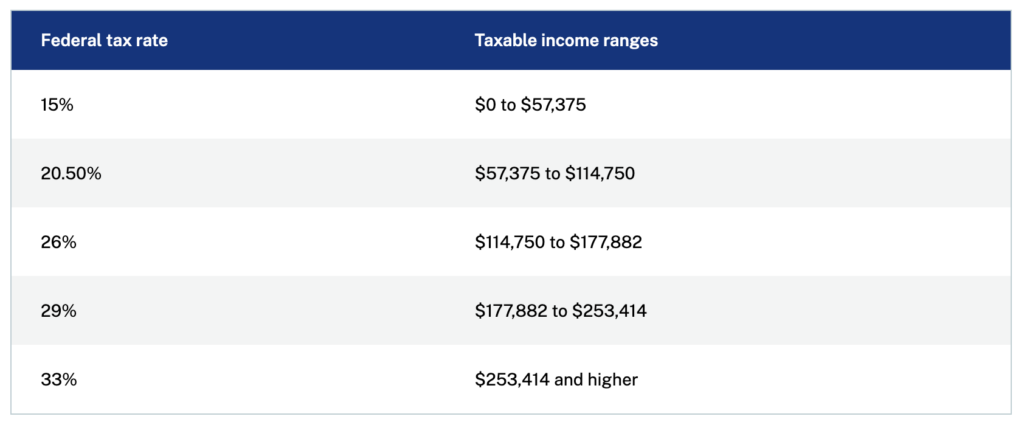What can golf teach you about financial freedom? You’d be surprised… These lessons from the golf course will help you become a finance whizz.

By Jordan Fuller
Special to Financial Independence Hub
Golf and personal finance share surprising similarities: both take precision, patience, and strategy to be successful. Just as golfers navigate challenging courses with a clear plan, approaching your financial journey with foresight and discipline is the best way to get the result you want.
This article explores how lessons from golf — planning, mastering fundamentals, adaptability, and learning from mistakes —can guide us toward building wealth and achieving financial freedom. By aligning these principles with your financial goals, you can chart a course to lasting prosperity.
Lesson 1: The Importance of Planning
In golf, players develop a course strategy before teeing off, analyzing each hole to decide on club selection and shot placement. This preparation helps them to navigate challenges and optimize performance during the game.
Similarly, in personal finance, setting long-term goals and crafting a detailed financial plan can set you up for success from the start. This approach helps you anticipate financial obstacles and make informed decisions, leading to a secure financial future.
Lesson 2: Master your Basic Techniques
In golf, a proper grip, stance, and swing form the foundation of a consistent game. The grip is the only connection to the club, influencing your control and power over the golf ball. A correct stance keeps you balanced and aligned, while a smooth swing leads to accurate shots.
In personal finance, grasping core concepts like budgeting, saving, and investing early sets the stage for financial stability. Without these as a strong foundation, success will be much harder.
- Budgeting: Tracking income and expenses helps manage spending and achieve financial goals.
- Saving: Building an emergency fund and setting aside money for future needs provide a safety net and prepare for unforeseen expenses.
- Investing: Allocating funds to assets like stocks or bonds can grow wealth over time, leveraging the power of compound interest.
Lesson 3: Adaptability
In golf, each hole presents unique challenges — varying terrains, weather conditions, and obstacles — that require players to adjust their strategies on the go. This adaptability is a big part of success on the course.
In personal finance, adapting to economic changes is just as important. Markets fluctuate due to things like inflation, interest rates, and geopolitical events. By diversifying your investment portfolio across different asset classes, you can manage risk and capitalize on opportunities in various market conditions.
Lesson 4: Consistency over Spectacular
In golf, consistently playing steady shots often leads to better scores than attempting risky, spectacular ones. This approach minimizes errors and builds up your confidence over time.
When it comes to investing, steady, consistent contributions harness the power of compound interest, leading to much bigger accumulation of wealth. For example, investing $50 monthly in an S&P 500 ETF over 20 years can grow to approximately $43,700, showing how regular, modest investments can yield great returns.
This strategy reduces exposure to market volatility and avoids the pitfalls of high-risk ventures. Both in golf and investing, a disciplined, consistent approach often outperforms the allure of high-risk, high-reward tactics.
Lesson 5: Short Game Mastery
In golf, excelling in your short game — putting and chipping — is a must if you want a good score. You can’t just rely on a powerful drive … It’s the smaller, less impressive moves that really count.
Mastering short-game techniques allows golfers to recover from missed greens and avoid unnecessary strokes, directly influencing their final score. Don’t just stick to the golf mats on the driving range: spend time on the putting and chipping green too. Continue Reading…







